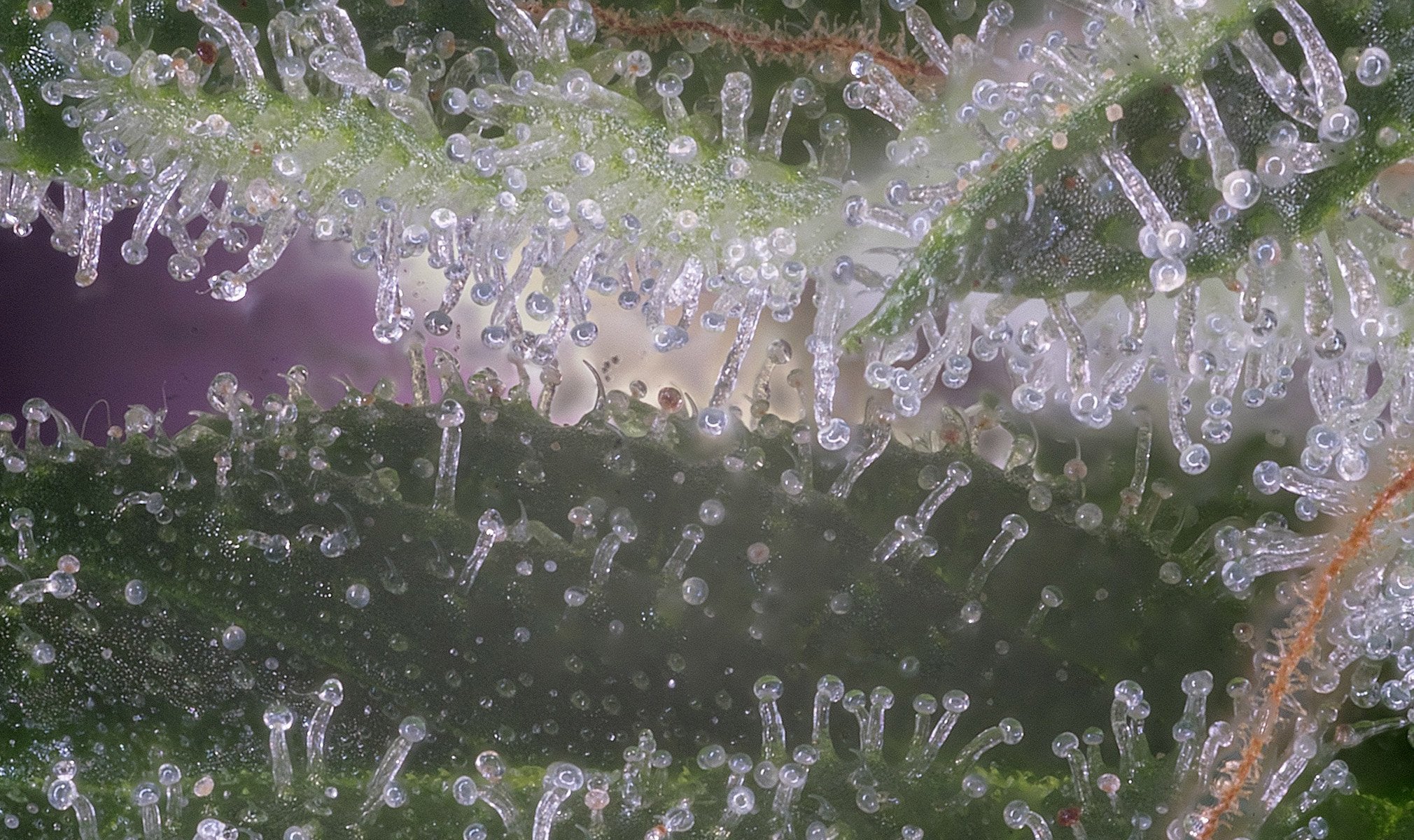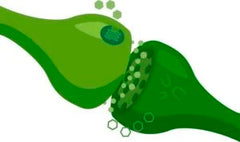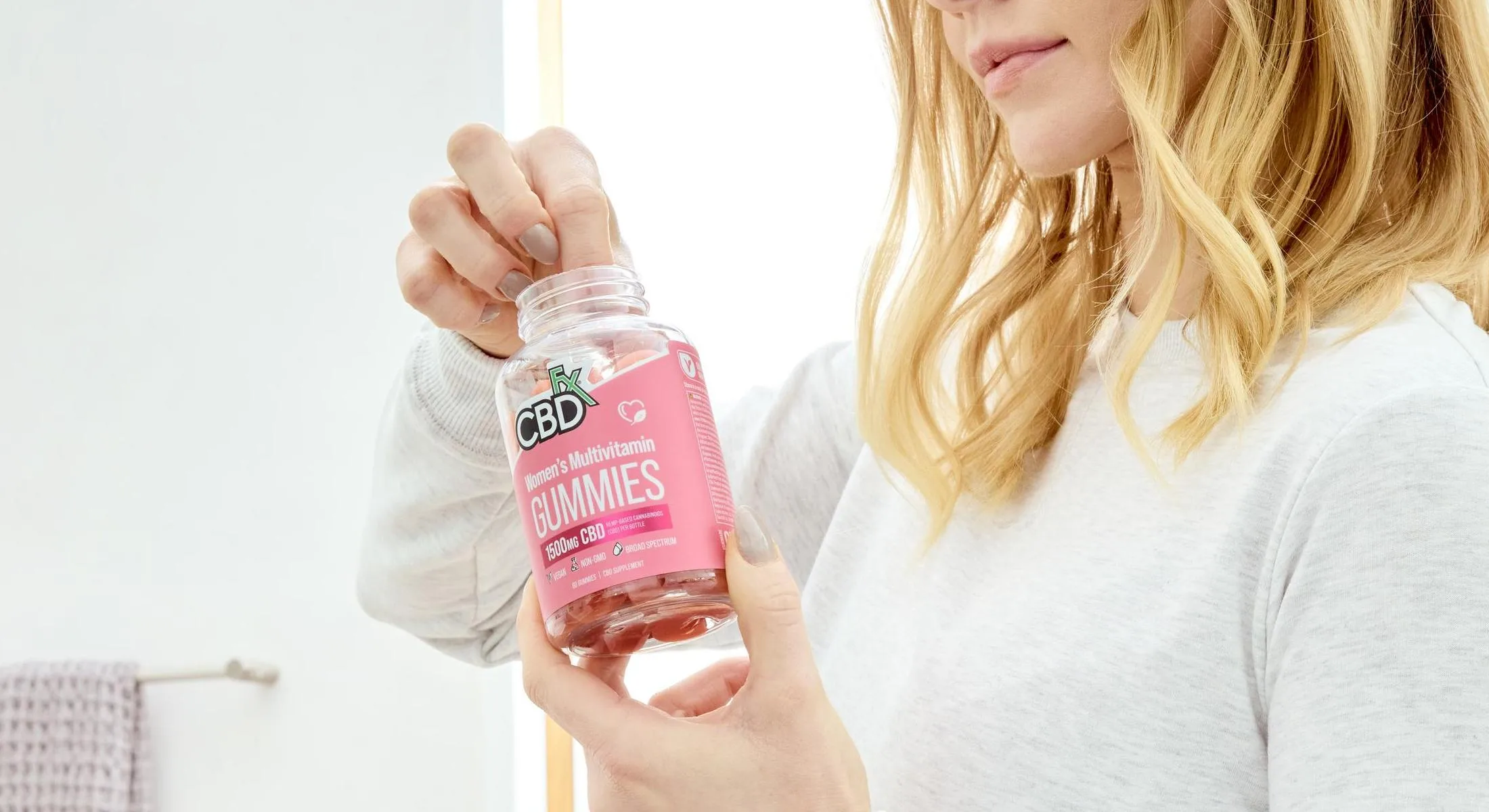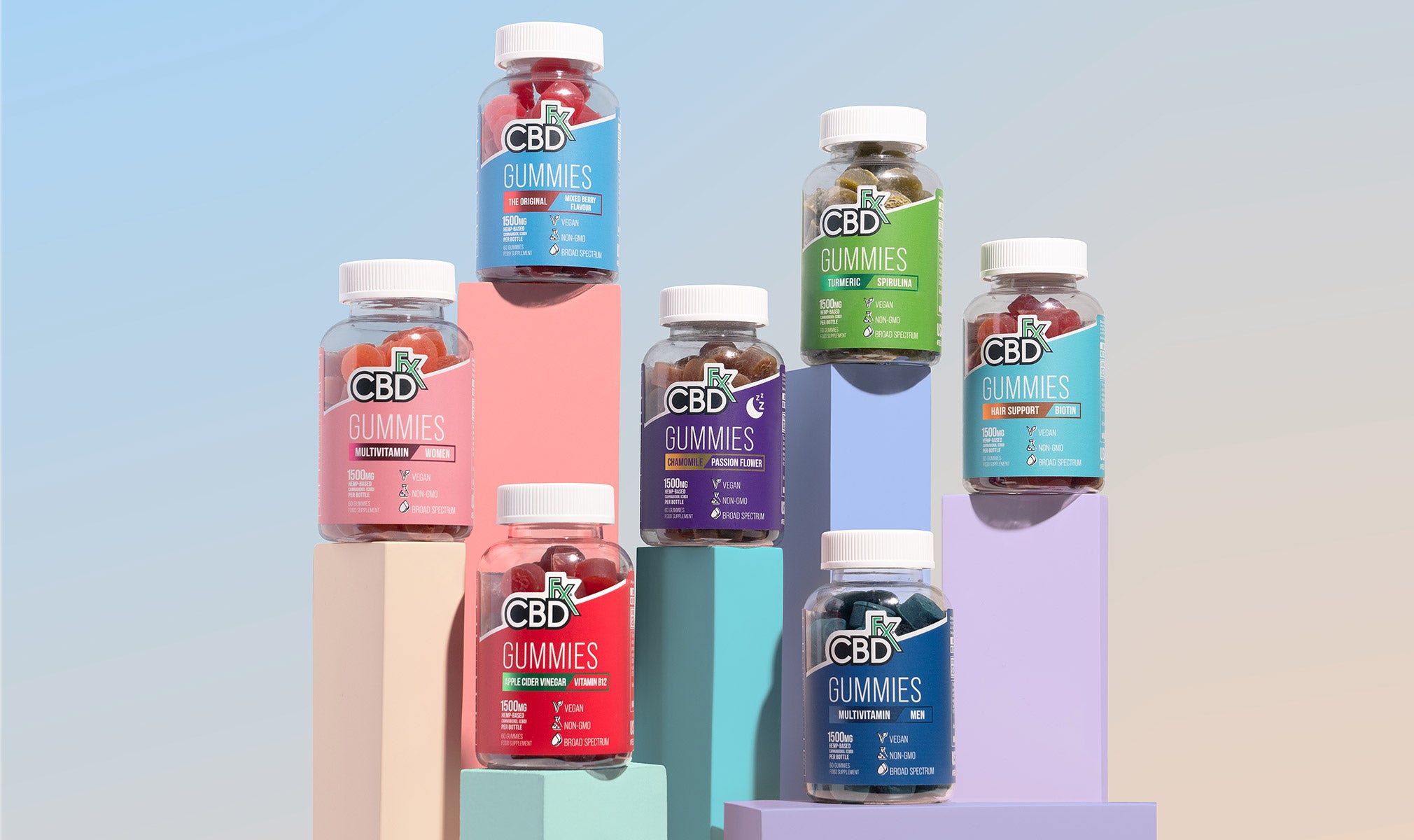The more we learn about the cannabis plant, the more amazing it seems. Trichomes are just one of the multitude of biological superpowers that we find in cannabis.
What are trichomes, what do they do, and why should we care?
Well, among a zillion other things, trichomes produce the cannabinoids, like CBD, that we benefit from when we use CBD products. But that’s just the beginning.
Today, we’ll take a deep dive into trichomes and cannabinoids, but first …
Cannabis, Hemp, and Marijuana
We’re throwing around the term “cannabis” a great deal, so it’s worth having a quick word about the type of cannabis plants we’re discussing today. The home office divides cannabis into two categories: cannabis hemp and cannabis marijuana.
Hemp is cannabis that contains only tiny trace amounts of the cannabinoid THC (less than 0.3%). This makes hemp-derived products, like our CBD products, non-intoxicating. Broad spectrum CBD filters out those remaining amounts of THC. Cannabis with more THC is called marijuana. When we refer to the cannabis used in our CBD products, we are not talking about marijuana.
All good? Okay, on to the trichomes!
What Are Trichomes?
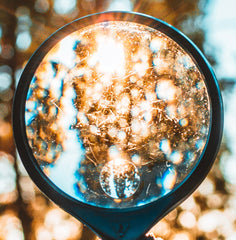
If you’ve ever looked closely at a cannabis plant, you’ve likely noticed something that looks like a fine frost covering the flowers and leaves, if not most of the plant. These are called trichomes and, just like practically every part of the incredible cannabis plant, they serve a wide range of valuable purposes.
Most trichomes can only be seen in detail through a microscope, but these infinitesimal wonders are responsible for not only protecting the cannabis plant, but also producing the cannabinoids and other molecular compounds that make cannabis the beneficial and versatile plant that it is.
Trichomes may look like crystals, but they’re actually organic growths that appear on a huge range of plants and algae, including trees, vegetables, and fruit.
Their name comes from the Greek word trichoma, which means hair, and that’s just what most hemp trichomes look like from a distance. However, if we zoom in, we see that there are three distinct types of trichomes found on hemp plants, and they do different things.
Bulbous Trichomes
Bulbous trichomes are the smallest of all the cannabis trichomes. They appear on the entire plant and provide the sticky quality of the flowers.
Capitate Sessile Trichomes
Capitate sessile trichomes are slightly larger trichomes, and are made up of a stalk with a head, giving it a tiny mushroom appearance. They look a little like characters from an animated Miyazaki film. These little guys are responsible for the biosynthesis of cannabinoids and terpenes, among other things.
Capitate-Stalked Trichomes
The largest trichomes, and the only ones you can observe well with the naked eye, capitate-stalked trichomes are the most abundant of the cannabis trichomes. They appear mostly on the flowers. Capitate-stalked trichomes create resin, and have the highest concentrations of cannabinoids and terpenes.
Trichome Development in Cannabis
As the cannabis hemp plant grows and develops, so do its trichomes. Gradually, trichomes produce the precursors to cannabinoids, along with the other powerful phytochemicals they make to protect the plant.
Trichomes develop most rapidly and visibly during the blooming of the cannabis plant.
You may have noticed that trichomes change colour as they develop. At first, they are clear, gradually becoming a cloudy, milky white, and eventually turning amber.
What Do Trichomes Do?
Trichomes serve as both security guard and factory on the cannabis hemp plant. They protect and serve.
Trichome Protection
Trichomes help ensure that cannabis plants grow to their full potential. They deter insects and grazing animals, fight fungus, absorb and filter UV light, and more. How?
There are many types of trichomes, and they serve multiple purposes. Some are curved and claw-like (cystolithic trichomes), some are hairlike and provide defense (see below), and some produce and store terpenes and cannabinoids.
Trichomes known as stinging hairs contain a cocktail of serotonin, histamine, and other compounds that cause irritation and pain in grazing animals and other critters that come into contact with them.
Pelate hair trichomes are tiny, shield-shaped scales that protect pores on the undersides of leaves and prevent buds from drying out.
It’s thought that the THC and CBG cannabinoids that trichomes produce serve as an insect deterrent. Also, the terpenes that trichomes produce create scents that deter insects.
Some trichomes also serve as a herbicide, protecting the hemp plant from weeds and invasive species.
Trichomes have been found to be sticky enough to trap insects, and they also protect plants from UV light and wind.
The stinging and peltate hair trichomes that protect and deter are largely non-glandular trichomes.
Glandular trichomes are the ones that produce the compounds that humans seek out in cannabis, which we’ll discuss in detail below.
Trichome Production in Cannabis
Trichomes produce the three elements we rely on cannabis for the most: cannabinoids, terpenes, and flavonoids.
Cannabinoids: CBD, THC, and More
Cannabinoids are the most well-known compounds we find in the cannabis plant. These include our friends CBD, CBG, CBC, and their cousin, THC.
As we mentioned before, trichomes may produce cannabinoids, in part, to use them as ammunition against parasites and predators.
In humans and all animals with an endocannabinoid system (which is pretty much all animals with a spine), cannabinoids interact with receptors throughout our central and peripheral nervous systems, as well as systems that regulate sleep, digestion, immune function, mood, and more.
Unlike THC, CBD and the rest of the cannabinoids present in hemp are not psychoactive, so they won’t get you high.
Terpenes
Terpenes are the chemical compounds that create the scents of plants. They’re responsible for the distinct smell of cannabis, and are also abundant in plants like tea, citrus fruits, and herbs.
They smell good, but terpenes also interact with systems in our bodies to impart their own notable healthful effects.
Like trichomes, terpenes serve an important role. They attract pollinators, warn away grazing animals, and repel insects and parasites.
Terpenes are the primary ingredient in essential oils.
There are roughly 400 terpenes that we know of in the cannabis plant.
Flavonoids
The name flavonoid comes from the Latin word flavus, which means yellow (so, no, flavonoids are not about flavour).
Flavonoids are what make apples red, cannabis green, and flowers a whole rainbow of colours, but flavonoids serve far deeper purposes in plants. They remove toxins, protect plants from invaders like microbes, and filter ultraviolet light.
Studies on anthocyanidins, found in cannabis, grapes, and berries, show potential to prevent heart disease and certain kinds of cancer. Flavonols found in cannabis, kale, and peaches are thought to have antioxidant properties.
There are 6,000 known kinds of flavonoids, and 20 of them appear in the hemp plant.
The Last Word on Cannabis, Trichomes, and Cannabinoids
While humans and animals can benefit from cannabinoids, terpenes, and flavonoids, studying trichomes reminds us that this plant doesn’t do what it does just to serve us. The cannabis plant produces trichomes, and trichomes produce cannabinoids and the rest to protect the plant itself.
It’s notable that the cannabis plant soaks up pretty much everything in the soil where it grows, including chemicals, toxins, and heavy metals. By producing trichomes, the cannabis plant essentially creates its own natural pesticide, ensuring the plant’s life and reproduction without the addition of outside chemicals. So, there really is no excuse for a CBD company using chemicals to help grow cannabis. For this reason (and many more), you should always shop for naturally grown, pesticide-free CBD.
Just as the cannabis plant provides incredible benefits for us, it produces a multitude of compounds for its own benefit. It’s remarkable how nature knows what to do all by itself. It really doesn’t need us meddling with its innate systems, power, and wisdom.
Try CBD products, like our CBD oil tinctures, to reap the benefits of the cannabinoids, terpenes, and flavonoids that trichomes produce!
